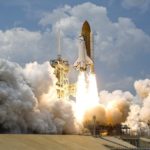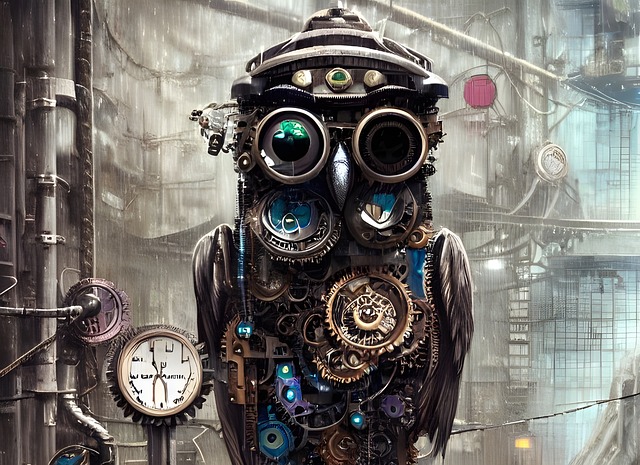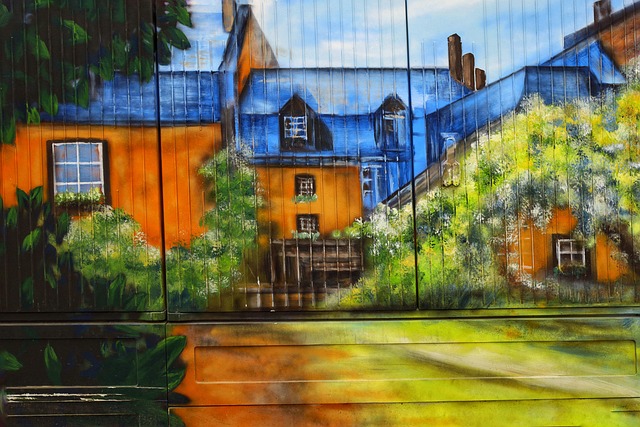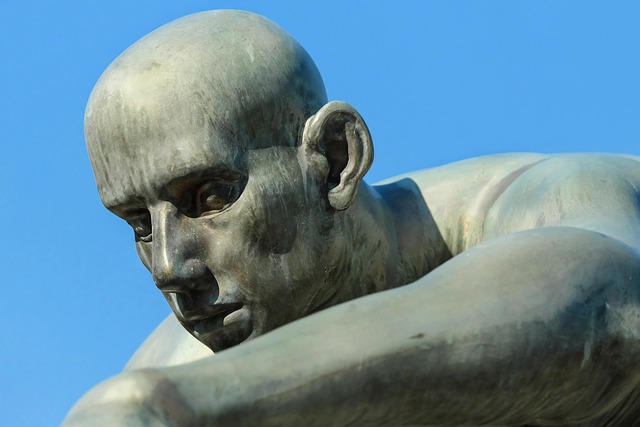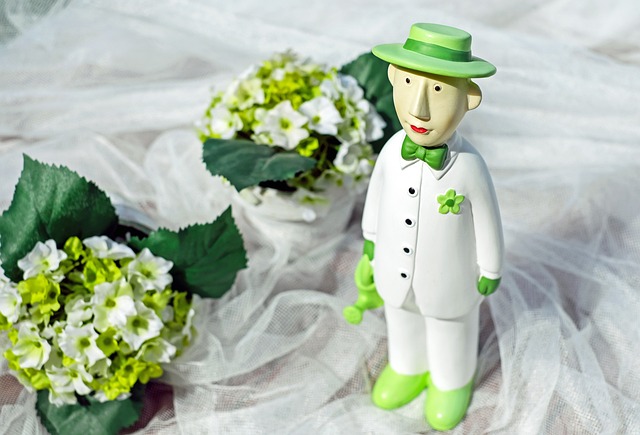Section 1: The Emergence of AI Art
In recent years, there has been a significant rise in the use of artificial intelligence (AI) in the field of art. From creating paintings and sculptures to composing music and writing literature, AI has shown remarkable capabilities in producing creative works. This has sparked a debate about the impact of AI art on traditional forms of art, specifically writing. Can machines truly be creative? And what does this mean for the future of writing? In this article, we will delve into the world of AI art and explore its impact on the craft of writing.
Section 2: The Role of AI in Writing
AI writing, also known as automated or machine-generated writing, involves using algorithms and machine learning to generate written content. This technology has been used in various industries, such as journalism, marketing, and e-commerce, to produce articles, product descriptions, and even news reports. The process involves feeding data and information into the AI system, which then uses natural language processing (NLP) to analyze and generate text that mimics human writing. While AI writing is still in its early stages, it has already shown impressive results, with some articles being indistinguishable from those written by humans.
Section 3: The Impact on Writing
The rise of AI writing has sparked concerns about its impact on the craft of writing. Will machines replace human writers? Will AI-generated content be considered as valuable as human-written content? These are valid questions, and the answers are not black and white. On one hand, AI writing has the potential to revolutionize the writing industry. It can save time and resources for companies, allowing them to produce large amounts of content in a short period. It can also assist writers by providing suggestions and ideas, allowing them to focus on more creative aspects of their work. However, on the other hand, there are concerns that AI writing may devalue the art of writing. Some argue that machines lack the depth and emotion that human writers bring to their work, and that AI-generated content lacks the authenticity and individuality of human writing.
Section 4: The Blurring of Boundaries
One of the most significant impacts of AI art on writing is the blurring of boundaries between human and machine. With AI writing, it becomes challenging to determine whether a piece of writing was created by a human or a machine. This raises questions about the definition of creativity and the role of human agency in the creative process. Can a machine truly be creative, or is it simply mimicking human creativity? Some argue that AI art is not true creativity, as it lacks the ability to think and feel like humans do. However, others argue that AI art is a new form of creativity, one that is a collaboration between humans and machines. It is undeniable that AI art has the potential to push the boundaries of what we consider to be creative.
Section 5: The Future of Writing
The impact of AI art on writing is still a topic of debate, and its full potential is yet to be realized. However, it is clear that AI will continue to play a significant role in the writing industry. As technology advances, AI systems will become more sophisticated and capable of producing high-quality content. This may lead to a shift in the writing landscape, with a greater emphasis on collaboration between humans and machines. It may also open up new opportunities for writers to explore and experiment with AI technology in their creative process. However, it is essential to remember that AI is a tool, and it should not replace the human element in writing. The human touch, with all its imperfections and emotions, is what gives writing its soul and makes it relatable to readers.
Section 6: Conclusion
In conclusion, the emergence of AI art has undoubtedly made an impact on the writing industry. It has raised questions about the definition of creativity, the role of human writers, and the future of writing. While there are concerns about the devaluation of the craft of writing, it is essential to recognize the potential of AI writing to revolutionize the industry. As we continue to explore the capabilities of AI in art and writing, it is crucial to remember that creativity is not limited to humans alone. It is a fluid concept that can be expressed in many forms, and AI art is just one of them. The creative revolution is upon us, and it is up to us to embrace it and use it to enhance our creativity, rather than fear it.




